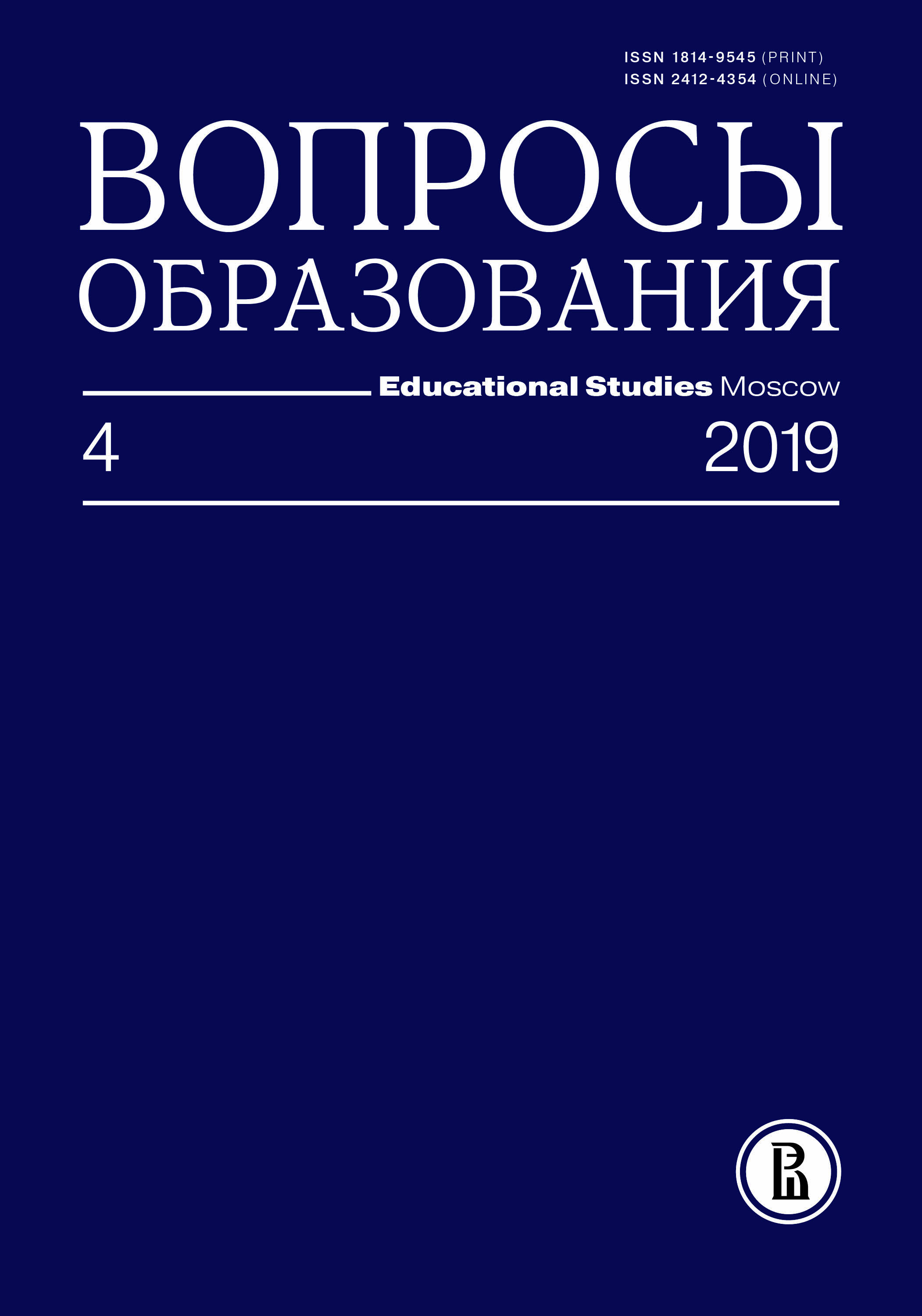Inequality of Opportunity in Educational Achievement in India: Implications of Earning distribution and Affirmative Action
Abstract
The objective of this study is to provide a quantifiable measure of the distributional content of education and its implications on earnings distribution by gender across different groups of people by using survey data in India. We analyze educational disparities among the children with age up to 14 years by gender, and household specific characters with Indian data. The study observes that, in the rural economy, the girls have less access to full time education than boys. In the urban region, on the other hand, the access to full time education at primary level is more for girls than for boys. The estimated coverage is less in the rural areas than in urban areas. The HOI is more among the urban children than among the rural children. Parent’s education has the highest contribution to inequality of opportunity to full time education at primary or upper primary level.









